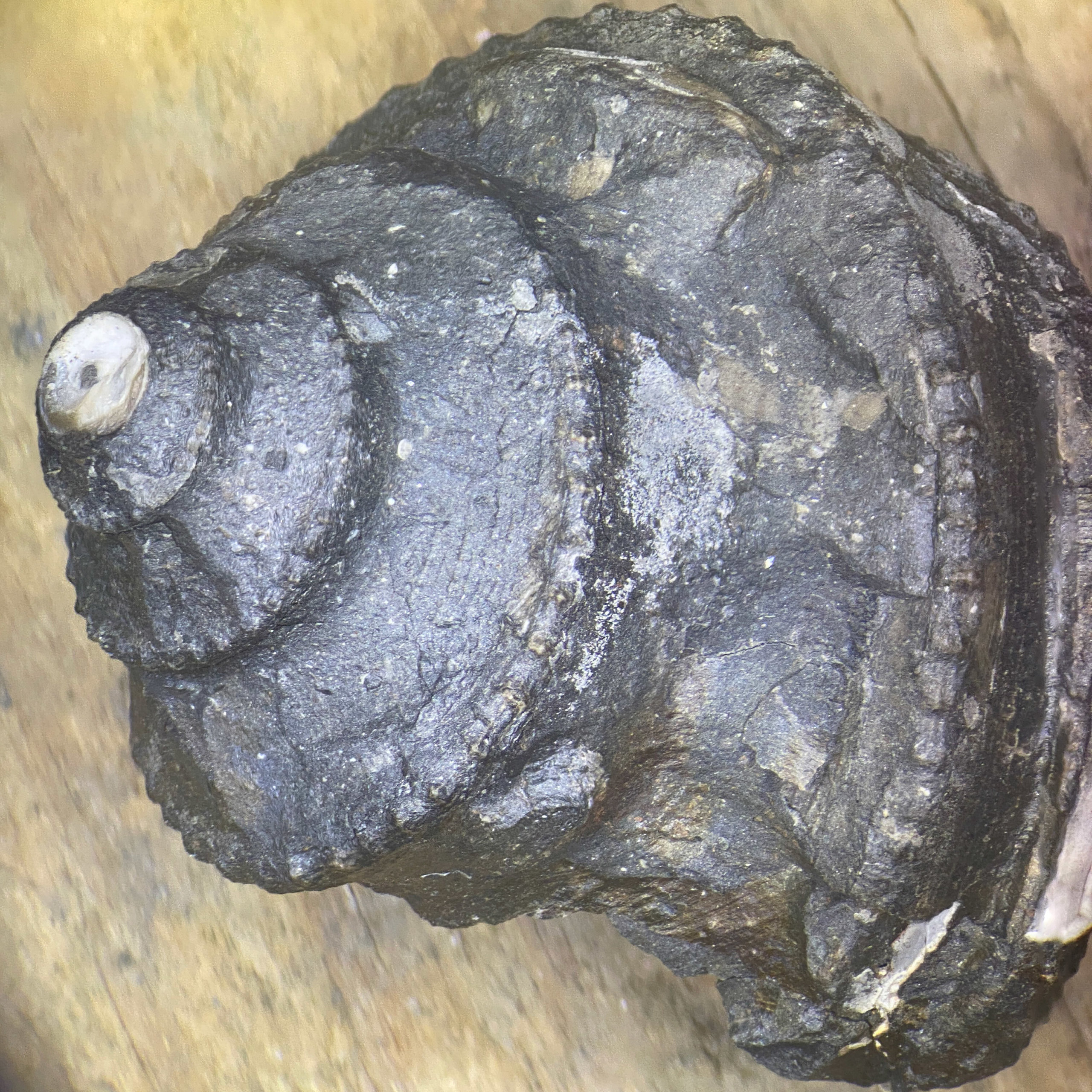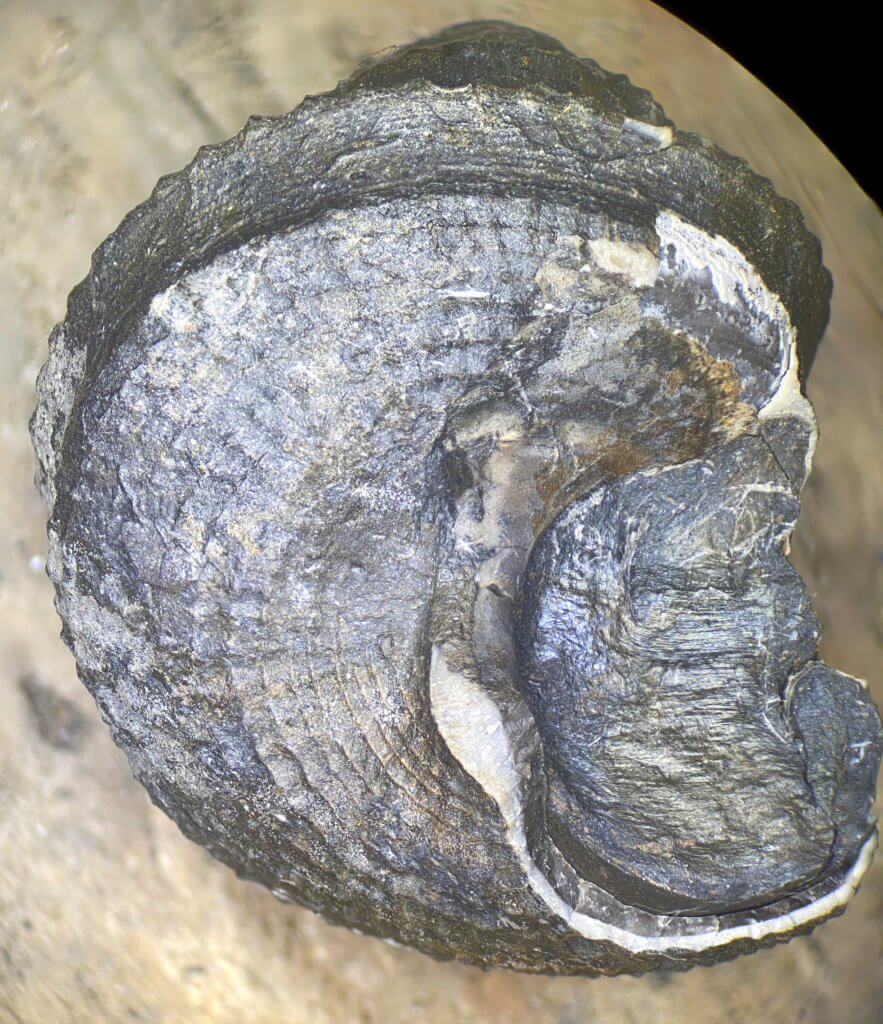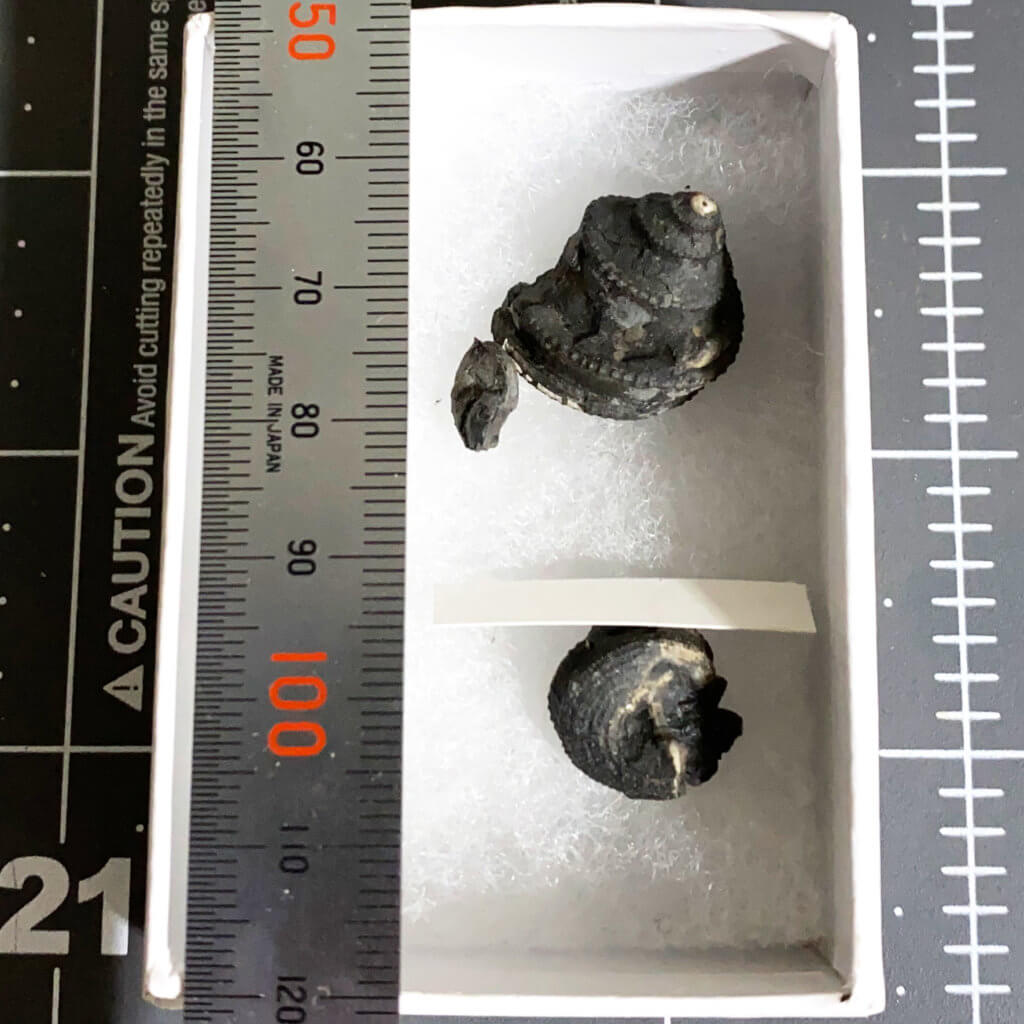Worthenia tabulata
314.6 – 268 MYA
Scientific Classification
Kingdom:
Animalia
Phylum:
Mollusca
Class:
Gastropoda
Order:
Murchisoniina
Family:
Lophospiridae
Genus:
Worthenia
Species:
tabulata
Conrad 1835
The gastropod Worthenia tabulata is a more popular species than some that I have written about. A quick search online reveals more pages than average compared to others. This genus of gastropod existed for 216 million years in the fossil record, surviving the Permian-Triassic extinction that many local genera died out during. However, it does disappear during the late Triassic.
Thus far, I have only found specimens at the Pine Creek limestone locality near Kittanning. They weather out of the rocks from there in excellent condition. They are not overly common compared to some other gastropods, but I was able to recover two to three good specimens.
I have designated two additional catalog specimens upon writing this post.
Worthenia tabulata Temporal Range

Specimens of Worthenia tabulata
Below are local specimens collected from the nearby Pine Creek Limestone. These two were recovered from a rock exposure in the Kittanning, PA area.
Below is a specimen from the 1911 Annals of the Carnegie Museum, Vol VII. In this article, the author lists this species as occurring in only the Brush Creek limestone. The specimen I recovered is from the Pine Creek, but the author likely has not done a comprehensive study. Also, several Brush Creek exposures were later proven to be Pine Creek, so this study in particular could be off quite a bit.

Note: Worthenia tabulata (Conrad). Two specimens from the Brush Creek limestone at Donohoe, Pa.
Additional Figures
Conrad’s original figure is apparently shown below included in an 1887 publication. It was to compare to a mold on an earlier plate. I’m not sure if it was intended to show both 4 and 5. However, the mold does look like it would be a good piece for comparison.
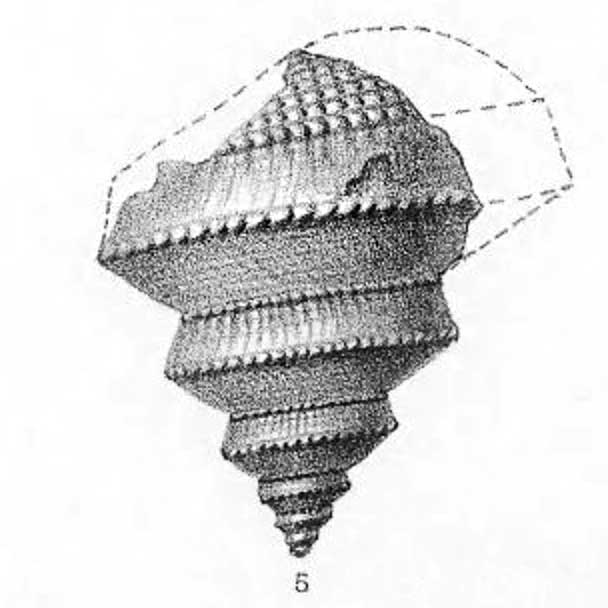
Worthenia tabulata, T.-A. Conrad, p. 65.
Specimen from Montgomery Limestone, Illinois, seen from the dorsal side, figured to serve as a comparison to the internal mold shown plate, XXIX, fig. 5, 4.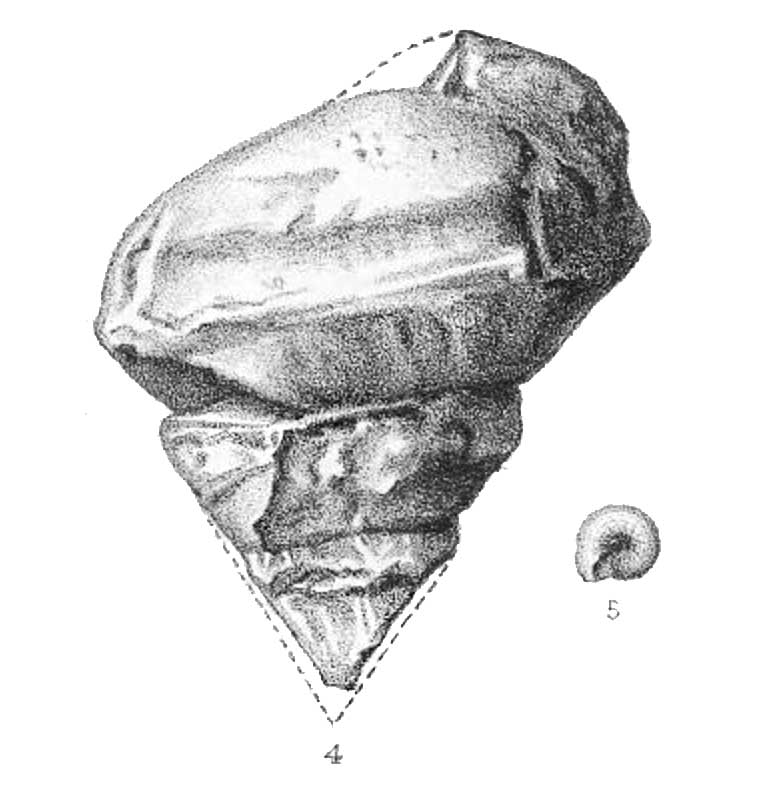
Ptychomphalus pulchellus, L.-G. de Koninck, p. 49. Specimen of Visé limestone, seen from the base side.
References
- 1885, Conrad, T. A., Description of five new species of fossil shells in the collection presented by Mr. Edward Miller to the Geological Society: Transactions of the Geological Society of Pennsylvania, v. 1, p. 267–270
- 1887, Annales du Musée royal d’histoire naturelle de Belgique. Page
- P. E. Raymond. 1911. A preliminary list of the fauna of the Allegheny and Conemaugh series in western Pennsylvania. Report Pennsylvannia Topographical and Geological Survey Committee, P. 144-158
- Worthenia tabulata on the Pennsylvanian Atlas of Ancient Life

